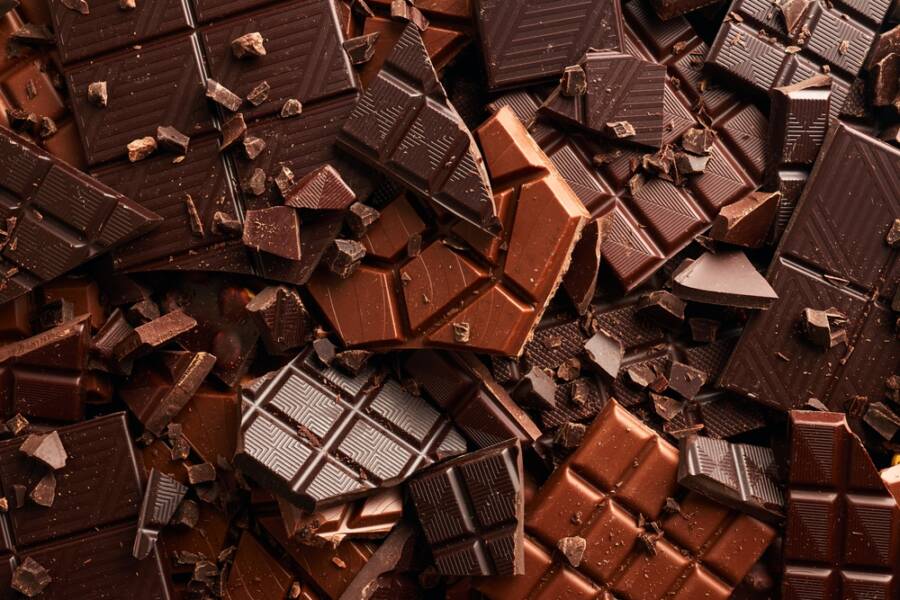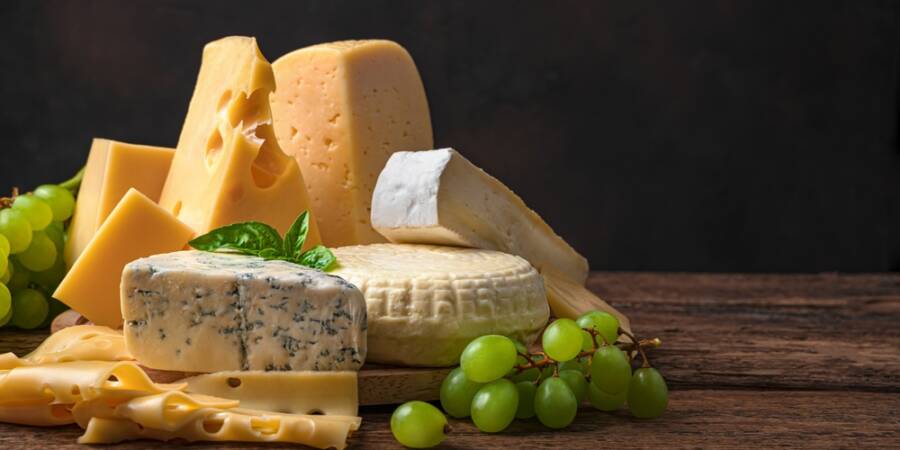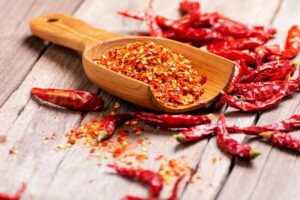Nutritionists claim that men over 50 should stop eating certain foods for their overall well-being. We have access to great nutrition advice from specialists, and we are glad to share it with you. Let’s dive together into your journey of healthy choices and see what you should avoid eating and maybe some replacements.

1. Breakfast Toaster Pastries
Dietitians want you to say good-bye to dessert for breakfast. Pastries are calorie bombs, and they don’t add too many benefits to your body. Toaster pastry contains more than 190 calories with added sugar and no fiber or protein, and this is confirmed by the US Department of Agriculture. To be healthy and gain some value from your meals, they need to contain protein, especially at breakfast, and toaster pastries are short on nutrients. A study shows that after you cross 65, you should consume around 100 grams of protein a day, which you can divide into 25–30 grams per meal.
Protein is essential for preventing the slow process of muscle mass loss that comes with aging. Of course, it plays a role in stopping weight gain due to the satiety hormones that decrease appetite. Choosing a high-protein breakfast will balance your body’s sugar levels and regulate insulin after eating carbohydrates from bread, for example. This will reduce the risk of health issues such as type 2 diabetes.
Nutritionists recommend you to select foods with high nutrients and low calories and they are offered by a large palette of foods. A good meal can be composed of whole-grain bread, some berries, and 1-2 eggs.
2. Fatty lunch meats
We know how much you love salami, pepperoni, or bologna, but they have too much saturated fat, according to specialists. Only one serving of salami can contain up to 106 calories, with 9 grams of fat, per the USDA, mostly saturated fat. The main problem with saturated fats is that they raise “bad” cholesterol, and this is the last thing that you need. Uncontrolled cholesterol increases the risk of heart disease, and the American Heart Association (AHA) can’t stress this enough.
Health organizations are constantly advising people to limit their consumption of processed meats such as salami, and not only because of the earlier mentioned issue, but also because the World Health Organization found this food item linked to colorectal cancer. The reason may be the high fat content, the added preservatives, or maybe even a combination of factors.
What can you fill your sandwich with from now on? You can go for chicken deli meat. Comparing these two meats, you have more to gain for your body from this choice. It has about 98 calories and 1.9 grams of fat, per the USDA, mostly not saturated.
3. White chocolate
White chocolate is not real chocolate. While dark chocolate comes with some benefits, choosing the white option may not be the best idea. It has little to no health benefits. Nutritionists say that it’s formed mostly by vegetable fat and added sugar, which explains the 458 calories of a 3-oz bar containing 50 g of sugar and 27 g of fat, per the USDA.
On the other hand, dark chocolate made from cocoa solids has some noticeable benefits. It contains antioxidants called flavanols, and they are known for keeping away heart disease, lowering blood pressure, and relaxing the blood vessels for improved blood flow. The information is confirmed by AHA and comes from a study by the Harvard TH Chan School of Public Health. These antioxidants also lower the risk of insulin resistance.
In terms of fat content and calories, dark chocolate is similar to the white one, but it can actually be good for you. You should opt for 70% or higher cacao dark chocolate to get the most benefits.

4. Rib-Eye Steak
Rib-eye steak is one of the fattiest meats, but the way it’s cooked plays also an important role on the topic. Cardiologists are saying that it’s full of fat and gristle. For example, a 4-ounce boneless rib-eye steak contains 19 g of fat, per the USDA, which is mostly saturated.
If you want a beef fix, you can choose leaner cuts of meat, for example, top round steak or New York strip steak. A 4-oz New York top loin contains around 10 g of fat, which is less than the rib eye.
If you don’t want to get rid of it, there is a way of cooking it that maximizes the benefits by using techniques that reduce its fat content and preserve nutritional value. What you can do is:
- Trim the visible excess of fat around the edges. This will instantly reduce the overall fat content.
- Choose grilling or broiling as a way of cooking the steak. Grilling helps with dripping away excess fat, reducing the fat content. Broiling involves cooking the meat at high heat for a short time, which allows the fat to melt and drain away. You can get this Electric Smokeless Grill, via Amazon, that fits well enough for indoors and it can guarantee you healthier cooked meals.
- Using marinades can help to tenderize the meat and also adds flavor. Opt for the ones with vinegar, lemon juice, herbs and spices, or even yogurt.
- Control your portions by sticking to the recommended serving sizes. A 4-ounce portion is enough for you to enjoy the meal without blowing up the calories and fat counter.
5. Protein Bars as healthy foods
If you think eating a protein bar will save your day when it comes to nutrients, we sadly inform you that this is not how it works.
Don’t get fooled by the word “protein” next to a bar to make it sound like it’s a healthy snack. Most of them are caloric bombs, and they have an outrageous quantity of sugar, according to nutritionists.
Ok, if you want to continue this habit because it brings you a needed amount of protein, at least choose one with high protein and low sugar. You should be wise enough to take one with less than 7% sugar.
If you choose to skip the bar, you can create your own snack that doesn’t pass more than 100 calories by mixing whole grain cereal like Cheerios or Puffed Wheat with sunflower seeds, raisins, or unsalted nuts.
6. American Cheese
Disclaimer: American cheese is not real cheese! What we use in our burgers and in grilled cheese sandwiches is not even cheese. It’s an aliment that contains cheese, but a bunch of other ingredients, including starch, oil, milk fat, preservatives, and emulsifiers that are used to make it glossy and smooth. For any brand of American cheese, to see if it’s real cheese or just a cheese product, you should check the label. Containing at least 51 percent milk makes it “cheese food,” while containing less than this makes it a “cheese product.”
The problem is that they are highly processed foods, bringing the dangers we know are related to ultraprocessed foods. Not only do they contain tones of fat and salt, but they are mostly flavored with additives to taste like something similar to cheese, so the lack of real nutrients makes them have no value in the end.
Cheese is supposed to be a source of calcium and minerals essential for our body processes, so make sure you don’t get the fake product, thinking you included the right thing in your diet. Nutritionists claim that a hard-to-miss healthy choice is goat cheese. Overall, it has more benefits than real cheese made from cow milk. The fatty acids are better than the ones from cow’s milk, and our organism processes them better. Goat cheese contains fewer calories (75 per ounce), making it lighter than cow cheese. Other types of popular cheese are brie (95 calories), provolone (100 calories), cheddar (116 calories), or Swiss (111 calories), per the USDA.

Another interesting fact is that even though real cheese has a high saturated fat level, it’s not increasing the risk of heart disease thanks to the fatty acids in the dairy fats. A study developed on approximately 3000 adults aged 65 and older proved that high levels of fatty acids in diary foods reduce the risk of stroke. However, try not to eat more than 200 calories from cheese a day, based on a normal consumption of 2000 calories a day.
If you liked our article, read next: 5 Lettuce-Free Salad Ideas You’ll Love.







